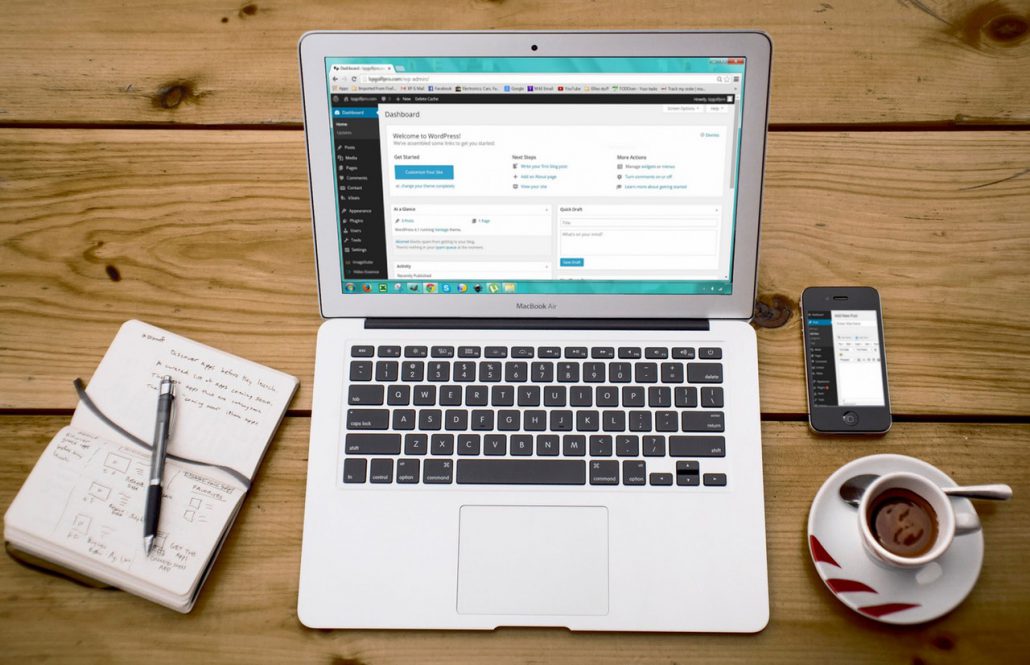Scottsdale SEO: Making the most of your internal links
The concept of internal linking is not a hard one for business owners to get their head around. It’s simply just linking from one of your website’s pages to another. While it is easy, it is also incredibly important to get right (and easy to get wrong). That’s because internal linking is a powerful SEO technique that can give your website a huge boost in the rankings. Read the following tips below if you want to take your internal linking to the next level or if you need a helping hand getting started.
You need loads of content to start
You can’t build internal links if you don’t have loads of content on your website. At a minimum, you’ll want at least 20 blog posts and you’ll want to be adding more content every single week. It’s not enough to have 5 or so good pages. Otherwise, you’ll be linking back to the same few pages every time. Neither your users or Google want to see that. That’s why creating content is the very first step you should take.
Make your links in the text
When you come to start creating links, make sure that you are using anchor text and not images. Links within a blog post or piece of content are more valuable than image links and are more likely to get clicked on, too. Using text also gives you the chance to use keywords within the link. But be careful not to overdo it. It’s better to have natural looking links rather than ones stuffed with keywords that are hard to read and unlikely to get clicked on.
Link to deep pages
There’s no point building links to your homepage, your contact page or any of your other top line pages. If your website has a menu bar, you are already linking to all of these pages on every single page that you create. Instead, you want to build links to deeper pages, ones that wouldn’t get found by people naturally searching your website. Internal links to these pages are going to be much more powerful than ones to your homepage and will likely provide a bigger SEO boost.
Use follow links
When you link to another page, whether it is on your site or someone else’s, there are two types of links that you can use: follow links and nofollow links. Nofollow links are ignored by Google and don’t pass any SEO benefit to the page being linked to. They are used in adverts and where the linking page doesn’t want to credit the other page. Follow links are normal links and they pass link juice to the other page. These are the links that have an SEO benefit and so they are the only type of link that you want to use.
Don’t overdo it
When you start internal linking it can be hard not to overdo it and add 05 links on every single page. Don’t. This will create a terrible user experience for your visitors and it will seriously devalue the links that you build. Instead, stick to adding 5-10 good links to a page and think carefully about where they are best added.

